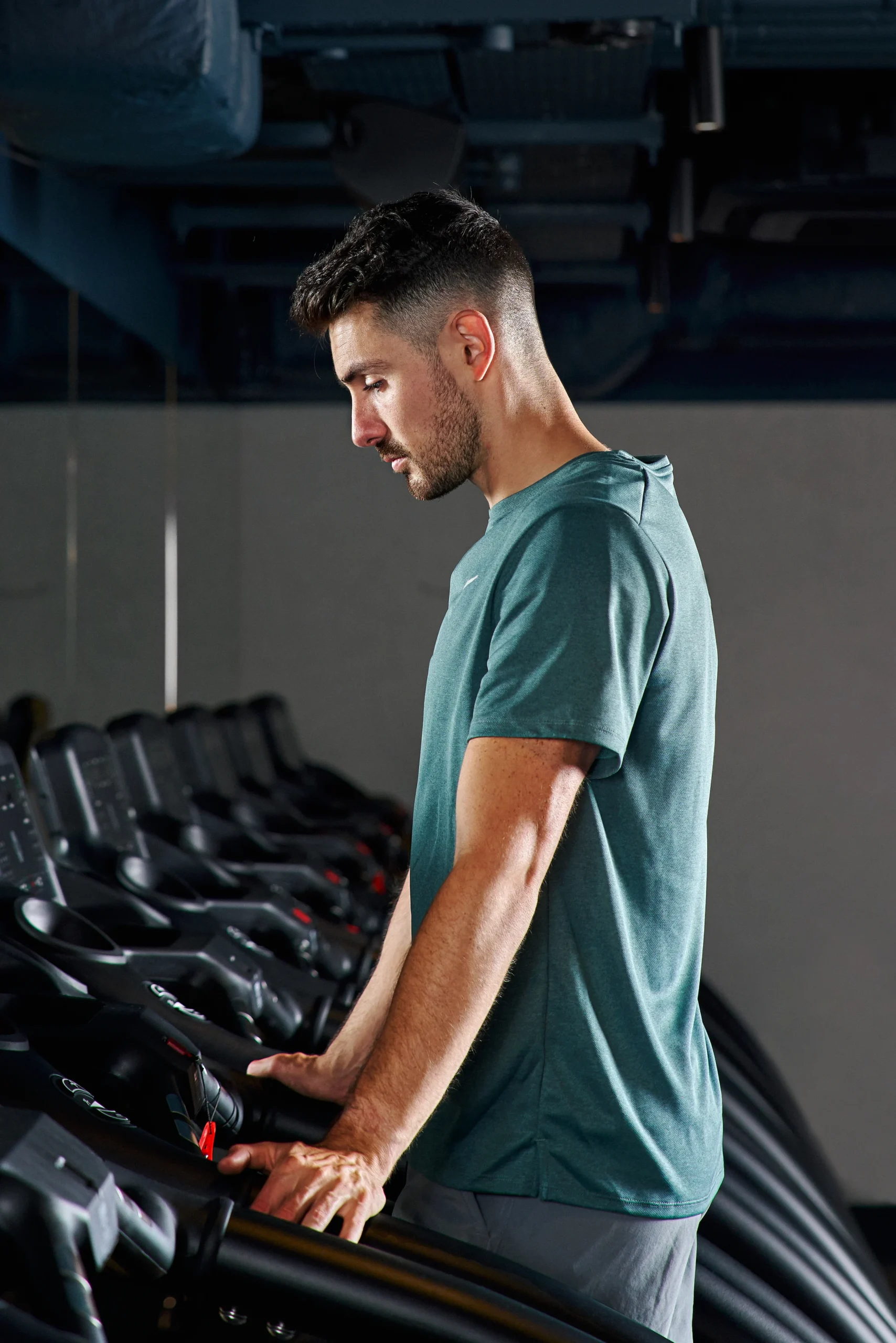- Linkedin Share
- Twitter Tweet
- Email Share
- Copy link Copy link Copied to clipboard
Intense exercise three to five times per week is a real challenge. It requires a huge amount of diligence, a lot of energy, and a rock-hard mindset. Because of this, it may be tempting to use your non-exercise days — rest days, to most — to chill out and give the weights room a wide berth. But, could laying dormant in between your sessions be doing you a disservice?
The idea behind active recovery days is to use your free time to continue to stay active. That doesn’t mean sneaking in a CrossFit WOD or booking into a class and promising yourself you’ll throttle back (you won’t).
Instead, it’s about taking things slowly and remaining active. Your active recovery workout could be a short swim, or an hour’s walk and some mobility at home with a foam roller. Third Space Elite Trainer Tom Hall explains four benefits of using active recovery days.
Increase blood flow to your muscles
“Light activity on active recovery days can reduce lactic acid build-up and increase blood flow,” explains Hall. “It’s a chance for the removal — or faster removal — of metabolic waste from your muscles.”
“Active recovery can also reduce muscle tears and can improve results when we compare it to sedentary activity. This is because your heart rate won’t have increased and you won’t have pumped oxygen around your body.”
Active recovery days are flexible
“The goal is to get your heart rate elevated to around 30-60% above your resting heart rate. You’re not trying to have any central nervous system fatigue, you’re just trying to increase blood flow.”
“If that means going for a walk, a light jog or using a cardio machine, any light activity to keep the body moving. For less stress on your joints, swimming is a perfect type of active recovery. If you’re at home, foam rolling or light mobility work is a great way to improve blood flow.”
Mind & Body benefits
“Book a class between your structured sessions, but make sure it fits with your other workouts. If the class is too strenuous, then it’s a workout rather than active recovery.”
“Instead of an intense training session that redlines your heart rate, opt for a class or session that’s suited to an active recovery day. Yin Yoga, for example.”
Improve your mobility
“Mobility exercises are fine to do during an active recovery day. Work on your range of motion but be wary of over-stretching.”
“Although mobility isn’t technically resting, it can be paired with training days that are lower-intensity where you haven’t gone as heavy.”




